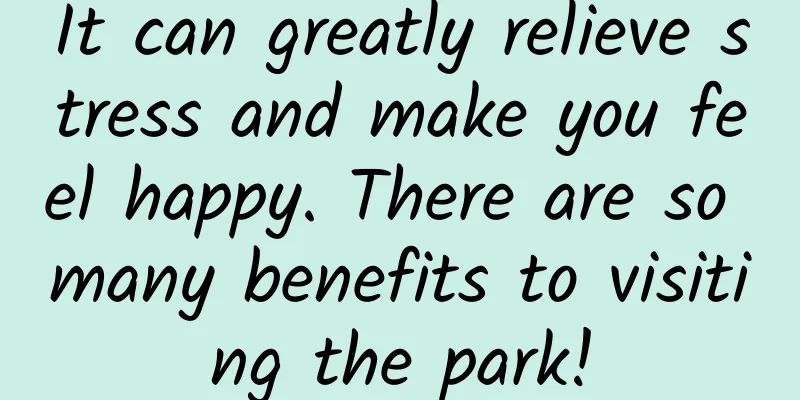Jia Haiwei, what are the three stages of treatment for high-risk neuroblastoma?

|
What are the three stages of treatment for high-risk neuroblastoma? Neuroblastoma is the most common malignant tumor in the abdomen of children, accounting for about one-tenth of all childhood tumors. This disease poses a serious threat to children's physical health and life, so it is crucial to understand and master its treatment strategies. This article will introduce the treatment methods of neuroblastoma in detail, focusing on the treatment process of high-risk neuroblastoma. First of all, we need to make it clear that the difficulty in treating neuroblastoma is mainly reflected in high-risk children. For low-risk and intermediate-risk children, treatment is relatively simple, and its main goal is to minimize the treatment methods and reduce side effects without affecting the survival rate. Low-risk and intermediate-risk neuroblastomas have a good prognosis, so this article will mainly discuss the treatment of high-risk neuroblastoma. The treatment of high-risk neuroblastoma is usually divided into three stages: induction therapy, consolidation therapy, and maintenance therapy. In the induction therapy stage, chemotherapy and surgery are mainly used. First, 6 or 4 cycles of chemotherapy are performed to reduce the tumor volume, followed by removal of the local primary lesion and some selective metastatic lesions. The goal of this stage of treatment is to minimize the tumor volume and create favorable conditions for subsequent treatment. The consolidation treatment phase after chemotherapy mainly includes radiotherapy and hematopoietic stem cell transplantation, which is the core content of the consolidation treatment phase. The treatment goal of this phase is to eliminate the remaining tumor cells and prevent recurrence of the disease. The successful implementation of the consolidation treatment phase can significantly improve the survival rate of patients. After consolidation therapy, patients enter the maintenance therapy stage. For patients with high-risk neuroblastoma, maintenance therapy is usually required. Common maintenance treatment methods in China include the use of retinoic acid and anti-GD2 monoclonal antibodies. Recently, anti-GD2 monoclonal antibodies have been launched in China and can also be used as one of the options for maintenance therapy. The main purpose of maintenance therapy is to inhibit tumor growth and prolong the patient's survival. In short, the treatment of high-risk neuroblastoma is divided into three stages: induction, consolidation, and maintenance. The treatment measures in each stage have different focuses, aiming to improve survival rates and reduce side effects. During the treatment process, the doctor will develop a personalized treatment plan based on the patient's specific condition and physical condition. At the same time, family and social support is also an important force for children to overcome the disease. Let us work together to provide better treatment and care for children with neuroblastoma. |
<<: 1.30 - World Neglected Tropical Diseases Day
>>: How does esophageal cancer occur?
Recommend
Does your child keep blinking? Beware of abnormal blinking in children!
Author: Chen Tingliang Shenzhen Children's Ho...
Is it good to do salpingography?
Hysterosalpingography uses a form of real-time x-...
Which medicine is best for fungal vaginitis
Vaginal candidiasis is a common gynecological dis...
Is it normal to still feel pain in the incision after cesarean section 20 days later?
As the name suggests, cesarean section requires a...
What to do if pregnant women have damp-heat stomach pain
If a pregnant woman has abdominal pain during pre...
What to do if a woman has a thin endometrium
Thin endometrium is a very tricky problem for fem...
Things you shouldn’t hide from your anesthesiologist before surgery
When visiting patients before anesthesia, we will...
The best time to check ovarian follicles by ultrasound
B-ultrasound is a relatively advanced medical tec...
Does swallowing semen affect women’s health?
The amount of semen a normal person ejaculates th...
How long after changing the ring can I have sex
The IUD has a certain service life. If it falls o...
How much folic acid should I take every day after pregnancy?
Women during pregnancy should pay attention to st...
How to treat heel pain in women
Heel pain is one of the symptoms that many people...
Can I eat leek dumplings in late pregnancy?
Pregnant women can eat dumplings stuffed with lee...
Honey and milk weight loss method, detailed explanation of methods and effects!
Losing weight is one of the topics that never fad...









